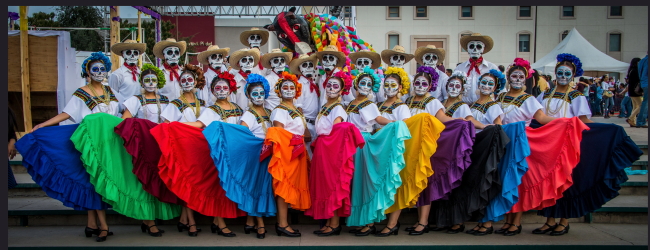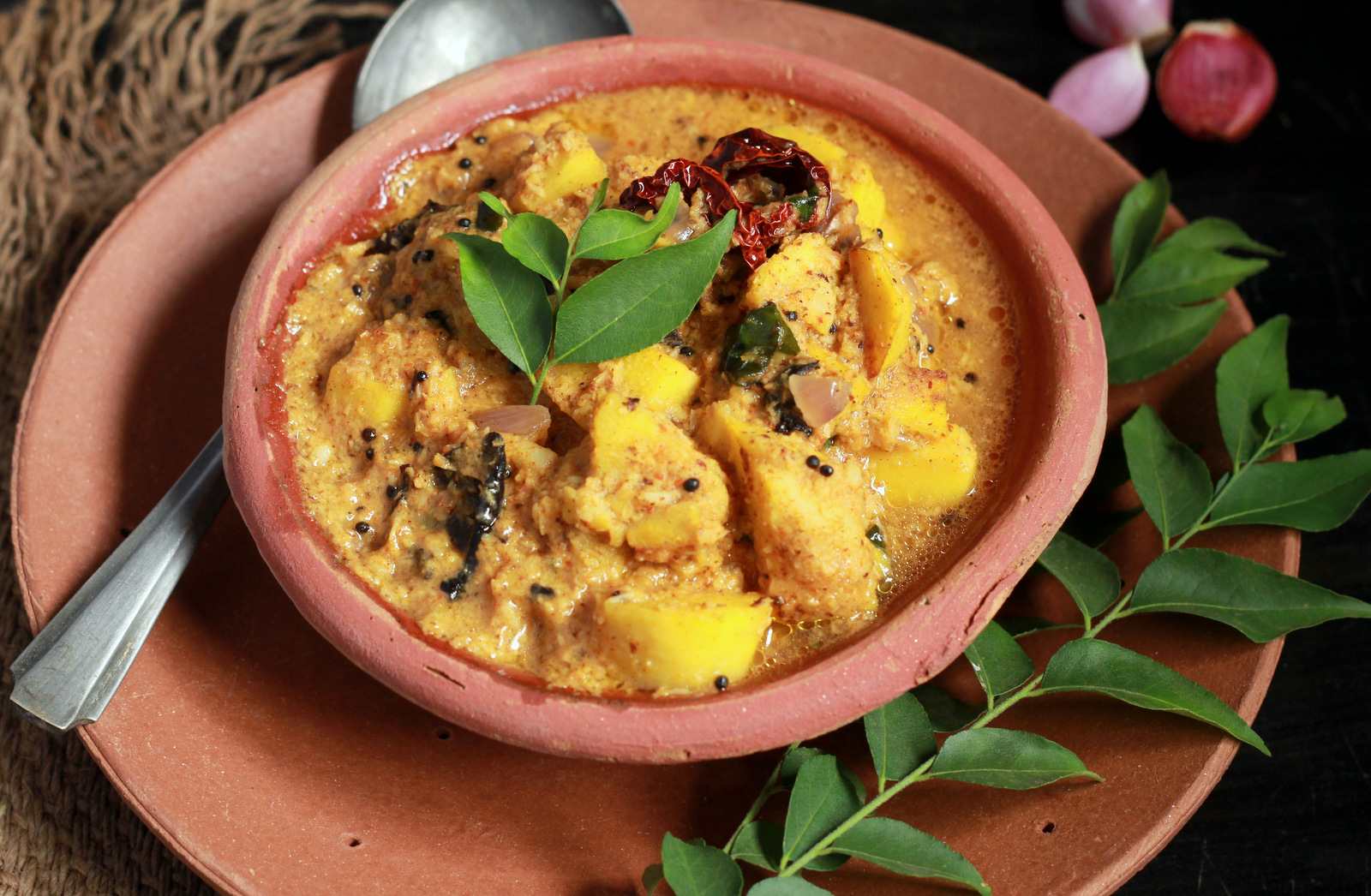MONDAY, OCTOBER 31-WEDNESDAY, NOVEMBER 2: Deeply rooted in a centuries-old Gaelic and Irish seasonal festival known as Samhain, today’s Halloween is considered by many to be the only time of year that spirits can roam the earth. From Samhain to Mexico’s Day of the Dead, world cultures celebrate the belief that at this time of year, the veil between this world and the next is particularly thin and ancestors are held close. Don’t worry, it’s not all solemn and bone-chilling, though—today’s secular Halloween also brings out bright Jack-o-lanterns, loads of candy and a pretty good excuse for adults to join in on the costuming fun with kids. So grab your best ghoulish mask and get the (Halloween) party started!
HALLOWEEN: A CHRISTIAN ORIGIN; A CULTURAL PHENOMENON
Allhallowtide, the triduum of Halloween, recalls deceased spirits, saints (hallows) and martyrs alike, in one collective commemoration. The word Halloween is of Christian origin, and many Christians visit graveyards during this time to pray and place flowers and candles at the graves of their deceased loved ones. The two days following All Hallows Eve—All Saints’ Day and All Souls’ Day—pay homage to the souls that Christians believe are now with God. In medieval England, Christians went “souling” on Halloween, begging for soul cakes in exchange for prayers in local churches.
Halloween’s secular side has emerged during the past century, and today, trick-or-treating, carving pumpkins, visiting haunted houses, watching horror movies and dressing up like favored characters has become custom in Western culture. Recent estimates are that the very diverse American business of “haunted attractions” brings in hundreds of millions of dollars each year, and the commercial elements of Halloween have spread from North America to Europe, South America, Australia, Japan and parts of East Asia.
SAMHAIN: GUISING FOR A TRICK
The original Samhain marked the end of the harvest season and ushered in winter, or the “darker half” of the year, in Gaelic Ireland, Scotland and the Isle of Man. During this time of year, bonfires were lit for the purpose of divination and as a protective and cleansing measure. Legend has it that spirits could easily come to earth, and many people would leave out food and drink for the roaming entities.
In many households, ancestors were welcomed to the table with particular enthusiasm, and large meals were prepared. Multiple sites in Ireland were, and still are, associated with Samhain, and the spirits that emerge there at this time of year. Guising—donning a costume—was thought to “trick” ill-intentioned spirits roaming the streets near Samhain, and hallowed-out turnips were lit with a candle and placed in windows, their monstrous carved faces frightening bad spirits.
Today’s Samhain emerged as part of the late 19th century Celtic Revival, and Neopagans, Celtic Reconstructionist Pagans and Wiccans all celebrate the holiday, in slightly varying ways. Most keep the widespread traditions of lighting bonfires, paying homage to ancestors, welcoming the “darker” season and preparing feasts with apples, nuts, meats, seasonal vegetables and mulled wines.
DIA DE LOS MUERTOS: DAY OF THE DEAD
Vibrant decorations for Dia de los Muertos, or Day of the Dead, mark towns in Mexico and Latin American communities far and wide, as the lives of the departed are celebrated with vigor. The full festival of Dia de los Muertos typically lasts two or three days (in some regions, customs begin on October 31), and traditionally, November 1 pays tribute to the souls of children and the innocent while November 2 is dedicated to deceased adult souls. In Mexico, relatives adorn altars and graves with elaborate garlands and wreaths, crosses made of flowers and special foods. Families gather in cemeteries, where pastors bestow prayers upon the dead. For children, Dia de los Muertos celebrations mean candy like sugar skulls and once-a-year treats; music and dancing delight celebrants of all ages.
ALL THINGS HALLOWEEN:
DIY COSTUMES, DÉCOR, PARTIES & MORE
What’s Halloween without some good costumes and tasty treats?
- DIY costumes: If buying a premade costume isn’t your idea of creative fun, get do-it-yourself ideas from Martha Stewart, Real Simple and DIY Network.
- Recipes and parties: Host with ease—or find the perfect dish to bring to that Halloween party—with ideas from Food Network, Taste of Home, Epicurious, Real Simple, Rachael Ray and Better Homes and Gardens.
- Just for kids: Get kids in on the act with party games, printables and more from Parents, Martha Stewart and Disney.
from Religious Holidays https://ift.tt/P5FXg1p

 :: Unlock Your Success with Our Digital Course →
:: Unlock Your Success with Our Digital Course →














No comments:
Post a Comment